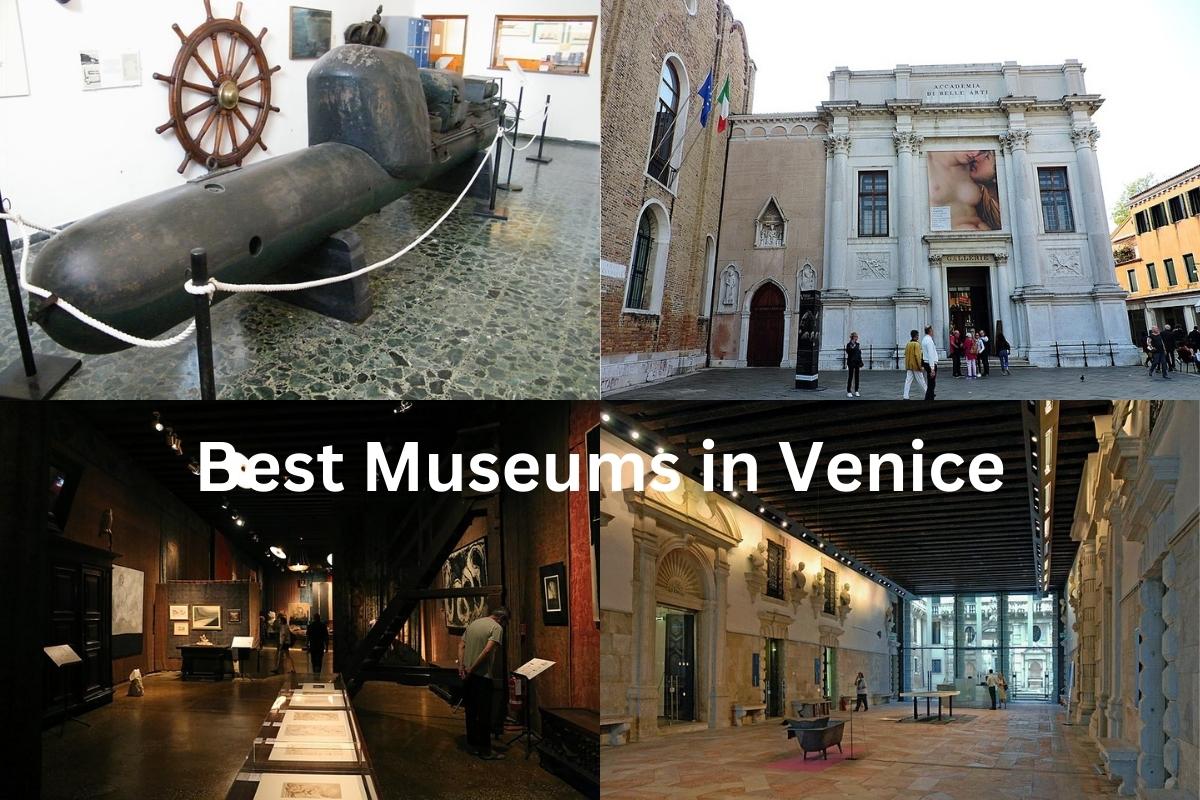Venice is the capital of the Veneto region in northeastern Italy. It is made up of 118 separate islands linked together by a network of canals and approximately 400 bridges.
The name comes from the ancient Veneti, who had already established there by the 10th century BC. Venice was the capital of the Venetian Republic for a thousand years, from 697 to 1797.
From the 13th until the 17th century, it was a major financial and naval power, playing a key role in the Crusades and the Battle of Lepanto. Art and trade flourished there as well; silk, grain, and spices were particularly important commodities.
Most notably, many of Venice’s wealthy residents became art patrons throughout the Renaissance, helping to establish the city as a center for a variety of important cultural movements.
Given it’s rich history and association with the arts, Venice is home to some of the best museums of anywhere in the world.
Best Museums in Venice
1. Gallerie dell’Accademia
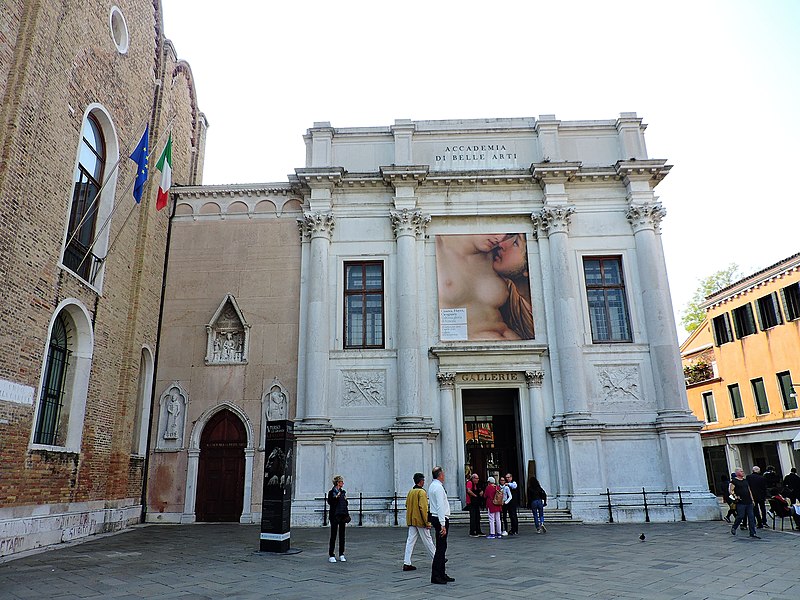
The Gallerie dell’Accademia is a museum specializing in artwork from the ancient world until the early 19th century. Located in the Dorsoduro neighborhood of Venice, on the south side of the Grand Canal, is the Scuola della Carità.
Once part of the Venice Academy of the Arts (Accademia di Belle Arti), the gallery split off and became its own entity in 1879; the Accademia Bridge and the Accademia vaporetto stop are both named after the academy.
Also Read: Famous Paintings in Venice
It wasn’t until 2004 that the art school relocated to the Ospedale degli Incurabili, but prior to that they shared the same facility.
The Gallerie dell’Accademia is home to some of the greatest works of Venetian art, from the early Renaissance to the early 18th century.
Some of the great artists that have works on display include:
- Hieronymus Bosch
- Titian
- Giovanni Bellini
- Tintoretto
- Canaletto
- Giorgione
- Piero della Francesca
- Paolo Veronese
The collection includes a drawing by Leonardo da Vinci of the Vitruvian Man, but it is rarely exposed because the paper is so easily damaged by light.
2. Doge’s Palace
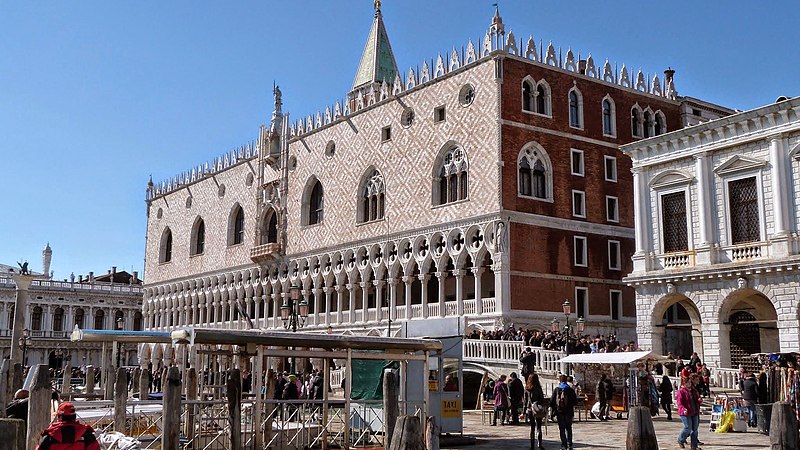
The Doge’s Palace, or Palazzo Ducale in Italian, is a Venetian Gothic style palace and a prominent landmark in Venice.
The Doge of Venice, the highest official in the former Republic of Venice, lived at this palace. Initial construction began in 1340, and it has undergone numerous expansions and renovations since then.
The Italian government handed over responsibility for the structure to the city of Venice in 1923 so that it might be used as a museum.
The Doge’s Palace has been part of the network of Venetian museums since 1996, and since 2008, that network has been overseen by the Fondazione Musei Civici di Venezia.
There are a ton of lavishly decorated rooms and chambers filled with precious paintings inside that have had various administrative purposes over the years.
3. Peggy Guggenheim Collection
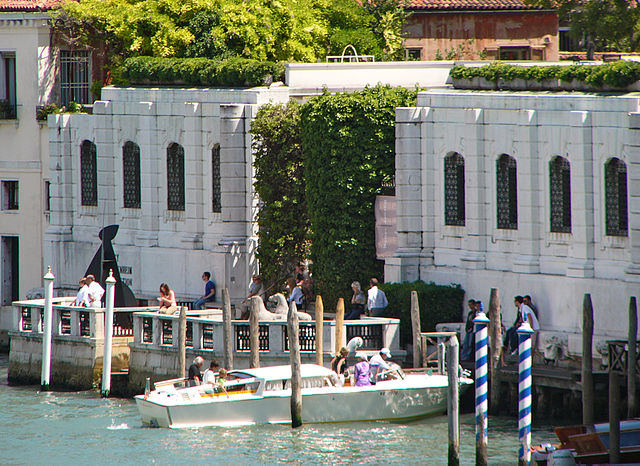
Located on the Grand Canal in the Dorsoduro neighborhood of Venice, the Peggy Guggenheim Collection is a museum dedicated to the works of the late American art patron Peggy Guggenheim. As such, it attracts a large number of tourists to Venice every year.
Peggy Guggenheim, an American heiress, lived at the Palazzo Venier dei Leoni, a castle built in the 18th century, for three decades, and it is here that she chose to display her collection.
In 1951, she started making her private collection of modern art available to the public for viewing during limited seasons. The Solomon R. Guggenheim Foundation took up the collection after her death in 1979 and began displaying it year-round in 1980.
The collection features the works of renowned American modernists and Italian futurists from the Cubist, Surrealist, and abstract expressionist schools of thought. Sculptures are also a part of this category.
Peggy Guggenheim, the ex-wife of artist Max Ernst and the niece of mining mogul Solomon R. Guggenheim, was the primary inspiration for the collection through her own art collection.
The majority of her collection was amassed between 1938 and 1946; she shopped in Europe as World War II broke out and later in the United States, where she came across the work of Jackson Pollock and others.
4. Ca’ Pesaro International Gallery of Modern Art
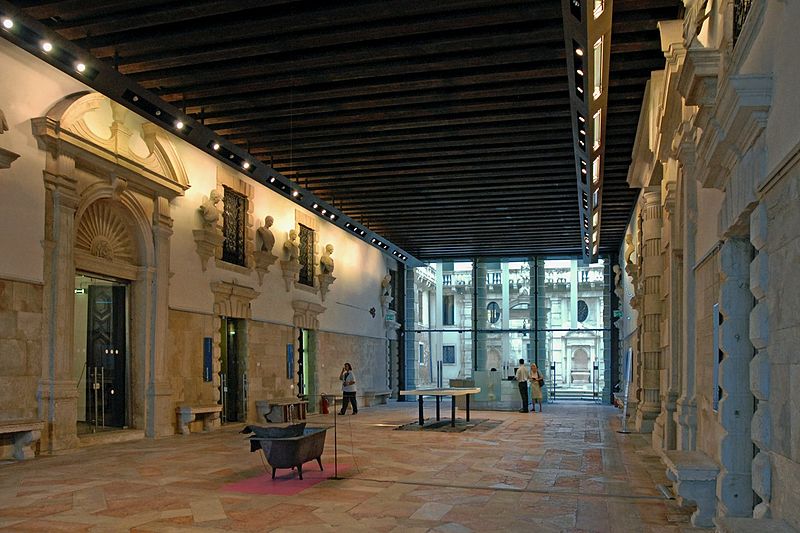
Facing the Grand Canal in Venice, Italy is the Ca’ Pesaro, a Baroque marble palace that now houses an art museum. It is now one of 11 museums under the umbrella of Venice’s municipal museum system, Fondazione Musei Civici.
Baldassarre Longhena completed the design of the edifice in the mid-17th century, and Gian Antonio Gaspari finished construction in 1710.
Ca’ Pesaro is home to a variety of artworks from the 19th and 20th centuries, including paintings, sculptures, and even a graphic arts gallery.
Approximately 30,000 works of art, mostly from Edo era Japan but also include pieces from China and Indonesia, are housed on the museum’s second floor.
Prince Henry of Bourbon-Parma, Count of Bardi, visited Asia towards the end of the 19th century and brought back this collection of oriental artefacts, which he later bequeathed to the Italian state.
5. Ca’ Rezzonico
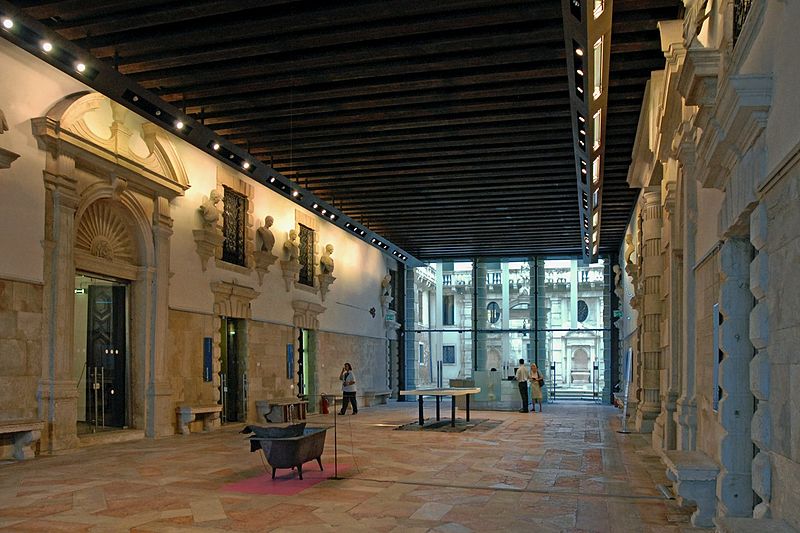
Ca’ Rezzonico, located in the Dorsoduro neighborhood of Venice, Italy, is a palazzo and art museum on the Grand Canal.
It features paintings by the preeminent Venetian artists of the time, such as Francesco Guardi and Giambattista Tiepolo, and is an outstanding example of Venetian baroque and rococo architecture and interior decorating from the 18th century.
It is one of 11 museums run by the public nonprofit organization Fondazione Musei Civici di Venezia and is devoted to the history of the city in the 18th century (Museo del Settecento Veneziano).
The city of Venice finally purchased the Palazzo in June 1935 after four years of talks, and work immediately began to convert it into a museum dedicated to 18th-century Venetian art.
The ancient frescoes on the ceilings of the Ca’ Rezzonico have been joined by works of art from other buildings and collections owned by the municipality.
To round out the collection, the city acquired new pieces by Tiepolo, Guardi, and Canova, among others. In the late 1970s, construction began on a massive renovation that would be completed in 2001.
6. Museo Correr
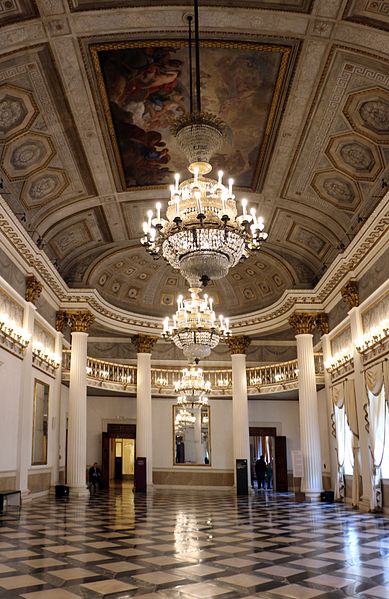
St. Mark’s Square in Venice is home to the Museo Correr. The museum occupies the upper floors of the Procuratorie Nuove, which run along the south side of the square.
The Museo Correr is a treasure trove of Venetian history and art.
On the ground floor of the Museo Correr are artifacts and displays that showcase Venetian culture and history from the time of the Republic’s political zenith and independence until the present day.
The art of Museo Correr is separated into two sections starting in Room 19. Four rooms on the ground level display the tiny bronzes collection, which spans the late 15th to early 17th centuries and was created primarily by sculptors in the Veneto region.
The Picture Gallery is housed on the second floor, and its primary focus is on Venetian painting from the 14th through the 16th centuries. Glazed earthenware and carved ivories each have their own chamber.
In the Picture Gallery, which begins at the far end of Room 14, you may see works by Venetian artists dating all the way back to the early days of the Venetian Republic and continuing on through the early years of the 16th century.
7. Fortuny Museum
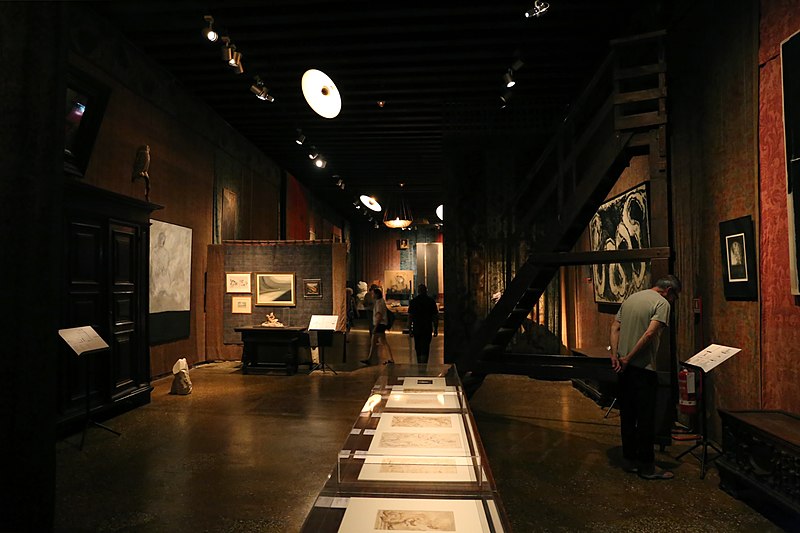
San Marco, in the heart of Venice, Italy, is home to the Museo Fortuny or Fortuny Museum.
The museum may be found at the Palazzo Pesaro Orfei, more commonly referred to as Palazzo Fortuny, which was once the home and studio of the artist Mariano Fortuny (1871-1949) during the years 1899 and 1902.
On the first floor, you may view paintings, textiles, and Fortuny’s lamps, while the second floor details the palazzo and atelier’s history. Fortuny’s original designs may be seen throughout the building.
Wall decor, paintings, and lights illuminate the office space with a personal touch.
After Fortuny’s death in 1949, his wife Henriette Negrin handed the Palazzo Pesaro Orfei to the comune of Venice in 1956, but the comune didn’t take complete possession until 1965. In 1975, the museum first welcomed visitors. The Venice Municipal Museums Foundation oversees operations.
8. Palazzo Grassi
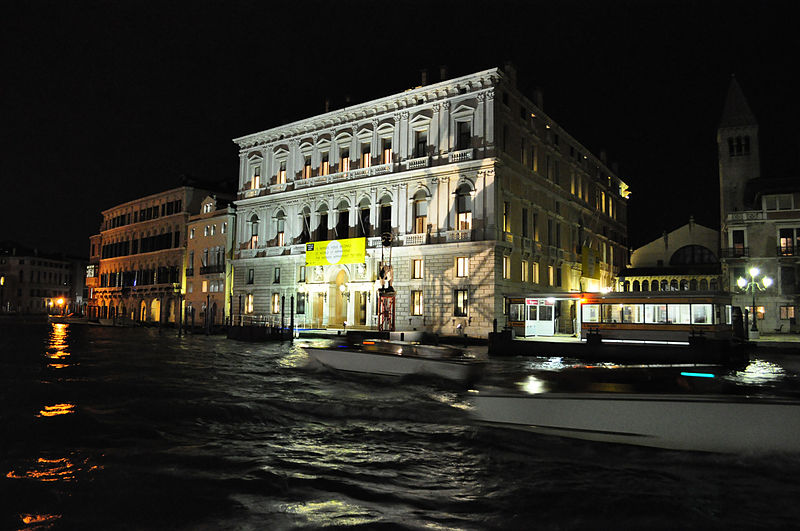
Built in the Venetian Classical style, Palazzo Grassi (or Palazzo Grassi-Stucky) sits on the Grand Canal between the Palazzo Moro Lin and the campo San Samuele.
Between 1748 and 1772, Giorgio Massari oversaw the reconstruction of the Palazzo Grassi. Massari began construction on the Palazzo as he neared completion of the Ca’ Rezzonico, which sits on the other side of the river.
Palazzo Grassi is a relatively new addition to the Venetian palaces lining the Grand Canal, and its academic classical design stands in stark contrast to the more common Byzantine Romanesque and Baroque palazzi.
Businessman from France, François Pinault, purchased the Palazzo Grassi in May of 2005. Japanese architect Tadao Ando was commissioned to redesign the structure.
Opening in April 2006, Where Are We Going? marked the Palazzo’s return to its former glory. The Palazzo’s 5,000 square meters of exhibition space is spread across 40 individual rooms. When the museum originally opened, Jean-Jacques Aillagon was in charge.
From 2006 onward, Palazzo Grassi has hosted rotating exhibitions from the Pinault Collection.
9. Museo Storico Navale di Venezia
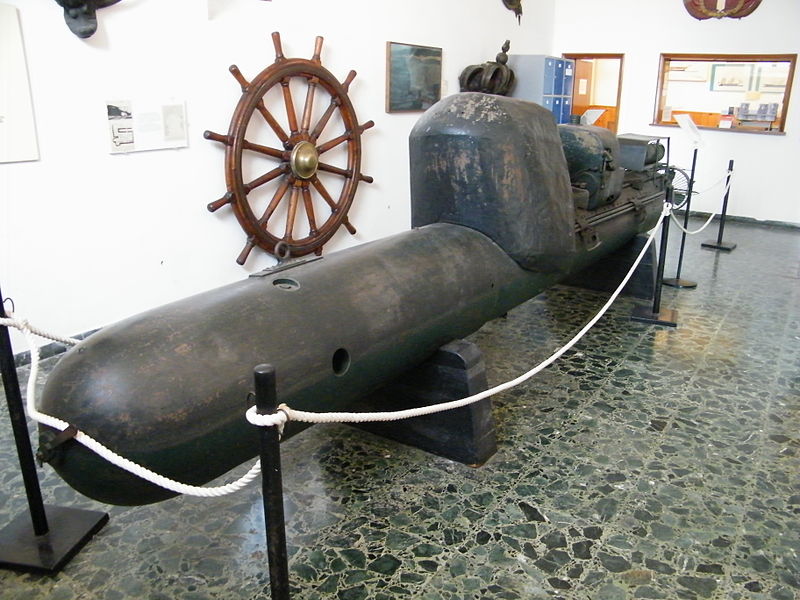
In the Castello neighborhood of Venice, close to the Venetian Arsenal, sits the Museo Storico Navale, a museum dedicated to the study of naval history.
In 1919, the Italian Royal Navy, or Regia Marina, founded the museum.
Numerous ship models and weapons are on display, as with artifacts from Venice’s naval and maritime past.
10. Museo di Palazzo Mocenigo
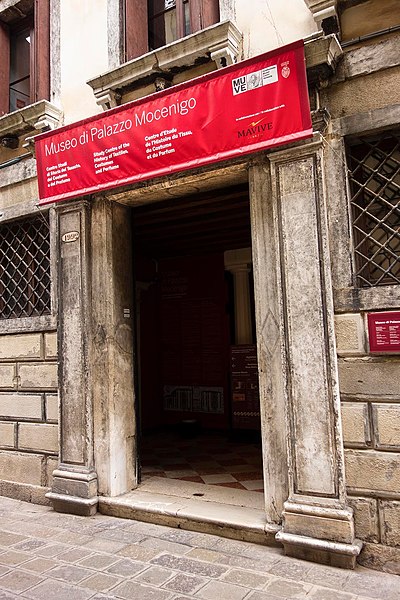
The Museo di Palazzo Mocenigo (also known as Palazzo Mocenigo di San Stae) is a museum of fabrics and costumes located in the sestiere of Santa Croce to the south of the Grand Canal in Venice, Italy.
The gothic palazzo is a massive structure. At the turn of the 17th century, it underwent substantial reconstruction.
From that point on, the palazzo served as the primary residence of the San Stae branch of the Mocenigo family, one of the most powerful families in all of Venetian history. The family has seven Doges of Venice.
The palazzo became the Museum and Study Centre of the History of Fabrics and Costumes in 1985.
There are fabrics and costumes on display from the Correr, Guggenheim, and Cini collections, as well as the Palazzo Grassi. On the ground floor of Palazzo Mocenigo is a library dedicated to the study of clothing and textiles, with an emphasis on the eighteenth century.
Giambattista Canal, Giovanni Scajaro, and Jacopo Guarana, all active in the 18th century, contributed to the palace’s frescoes.
After undergoing extensive renovations, the museum reopened to the public in 2013.

